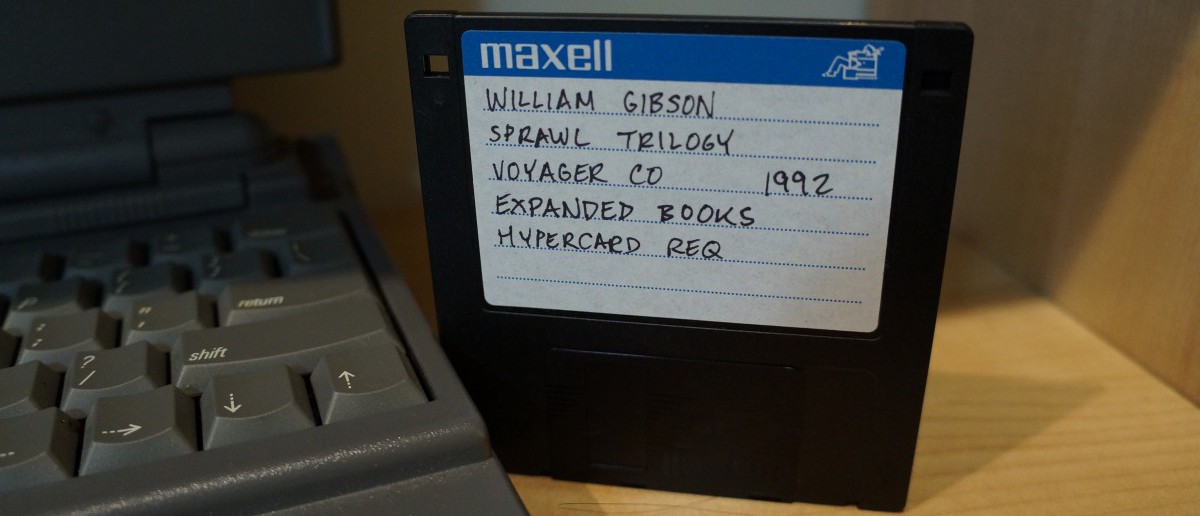Before our class on Wednesday, Feb. 17, copy and paste your structure document into a comment to this blog post. It should include your Twitter story and bookend tweets. We will run these on Twitter during class on Feb. 17 and have a discussion after each.
Reading: Miller’s Digital Storytelling, Chapter 2
During the first ten minutes of class, write a summary memo of your reading of Chapter 2 in Miller’s Digital Storytelling. Save your work on your own media and then copy-and-paste it into a comment to this blog post.
Project 1, Details
During today’s class, create a new document for your selected story idea. Focusing on your selected story, create a list of events from the beginning to end. Each event, thought, decision, and action should be a separate entry on your list (using a numerical list will be fine for this part). Think about and describe as many details of each point as you can. For example, how did you feel, what were you thinking about, what made you choose one thing over another, what physical details can you include: colors, sounds, place, people, etc. The goal here is to include as many details as possible. In fact, include more details than you might use in your final deliverable on Twitter. The idea is to give yourself as many options to choose from before you craft your digital story. When you put more into this stage, it saves you time and energy later, because if you have to fill in the blanks later, you are trying to make details fit into a structure that you have already decided on. Instead, give yourself the story and details first and you will discover a structure that works for your specific story. There is no one always correct way to tell a story, so you should rely on your story to help you figure out its way of being told. Include this list of details in a memo, which you copy-and-paste into a comment to this blog post. Keep your original document safe with your other files.
Reading: Miller’s Digital Storytelling, Chapter 1
During the first ten minutes of class, gather your thoughts about the reading for today’s class: Carolyn Handler Miller’s Digital Storytelling, Chapter 1, and very quickly write a summary memo of the chapter with an emphasis on the differences between traditional storytelling and digital storytelling. Your memo should include a header with the subject being this post’s title. It is better for you if you write your summary from memory, but if you get stuck recalling something, feel free to refer to the book. These beginning of class writing assignments are graded on best effort and are meant to help you solidify concepts from reading your memory.
Project 1, Planning
During today’s class, you began working on Project 1’s planning module. Before leaving class, copy-and-paste your planning memo into a comment to this blog post. Also, make sure that you have a Twitter account to use for the assignment, and with that account, you have followed the other students in class and followed the professor @dynamicsubspace.
Welcome!
Welcome to Digital Storytelling! Download the syllabus from the page linked above by the same name. Stay tuned here for daily writing assignments and other course updates.



